Refine listing
Actions for selected content:
17000 results

The Physics of the Cosmic Microwave Background
-
- Published online:
- 18 August 2009
- Print publication:
- 17 August 2006
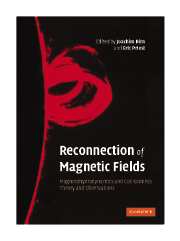
Reconnection of Magnetic Fields
- Magnetohydrodynamics and Collisionless Theory and Observations
-
- Published online:
- 17 August 2009
- Print publication:
- 04 January 2007

Gravitational Radiation, Luminous Black Holes and Gamma-Ray Burst Supernovae
-
- Published online:
- 17 August 2009
- Print publication:
- 15 December 2005

Planets to Cosmology
- Essential Science in the Final Years of the Hubble Space Telescope: Proceedings of the Space Telescope Science Institute Symposium, Held in Baltimore, Maryland May 3–6, 2004
-
- Published online:
- 17 August 2009
- Print publication:
- 06 April 2006

Evolutionary Processes in Binary and Multiple Stars
-
- Published online:
- 17 August 2009
- Print publication:
- 20 July 2006
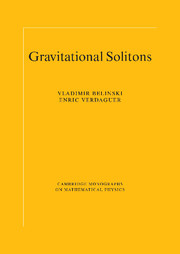
Gravitational Solitons
-
- Published online:
- 17 August 2009
- Print publication:
- 19 July 2001
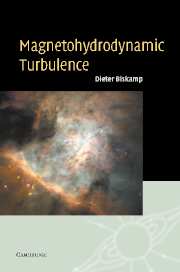
Magnetohydrodynamic Turbulence
-
- Published online:
- 17 August 2009
- Print publication:
- 16 June 2003
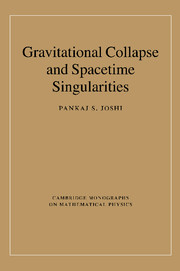
Gravitational Collapse and Spacetime Singularities
-
- Published online:
- 15 August 2009
- Print publication:
- 13 December 2007

Stellar Rotation
-
- Published online:
- 15 August 2009
- Print publication:
- 13 April 2000
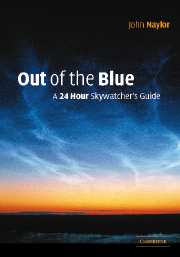
Out of the Blue
- A 24-Hour Skywatcher's Guide
-
- Published online:
- 14 August 2009
- Print publication:
- 26 September 2002
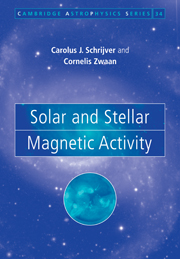
Solar and Stellar Magnetic Activity
-
- Published online:
- 14 August 2009
- Print publication:
- 13 April 2000
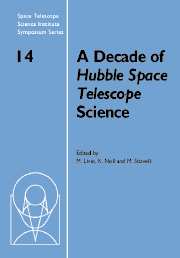
A Decade of Hubble Space Telescope Science
-
- Published online:
- 13 August 2009
- Print publication:
- 26 June 2003
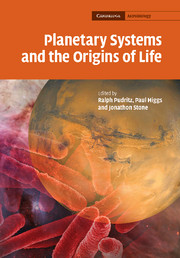
Planetary Systems and the Origins of Life
-
- Published online:
- 13 August 2009
- Print publication:
- 06 December 2007
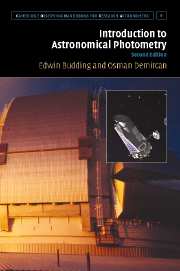
Introduction to Astronomical Photometry
-
- Published online:
- 13 August 2009
- Print publication:
- 26 April 2007
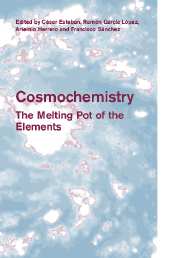
Cosmochemistry
- The Melting Pot of the Elements
-
- Published online:
- 12 August 2009
- Print publication:
- 18 March 2004
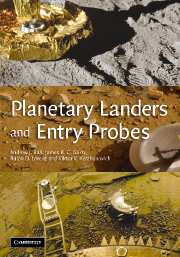
Planetary Landers and Entry Probes
-
- Published online:
- 12 August 2009
- Print publication:
- 10 May 2007
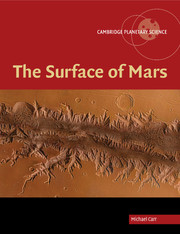
The Surface of Mars
-
- Published online:
- 12 August 2009
- Print publication:
- 11 January 2007
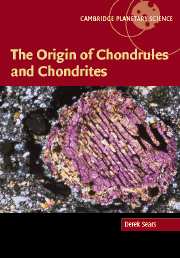
The Origin of Chondrules and Chondrites
-
- Published online:
- 12 August 2009
- Print publication:
- 02 December 2004

Structure Formation in Astrophysics
-
- Published online:
- 11 August 2009
- Print publication:
- 15 January 2009
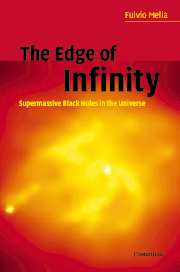
The Edge of Infinity
- Supermassive Black Holes in the Universe
-
- Published online:
- 11 August 2009
- Print publication:
- 04 September 2003
